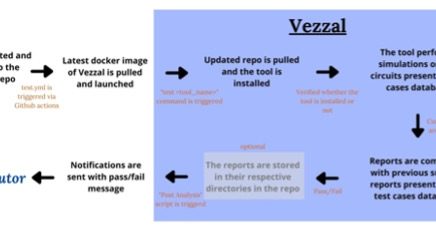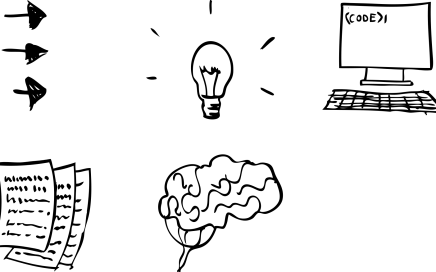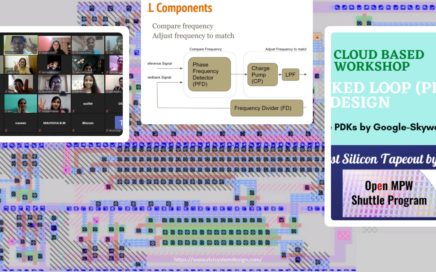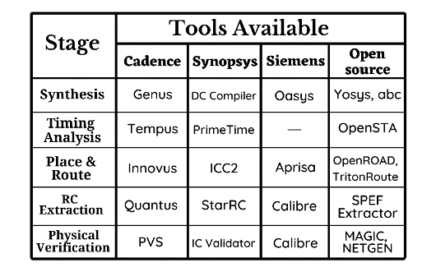
Design Verification hackathon means what?
The working of digital computers, smartphones, etc all have some underlying basic logic manipulating just 0s and 1s to come up with interesting outcomes. With […]

The working of digital computers, smartphones, etc all have some underlying basic logic manipulating just 0s and 1s to come up with interesting outcomes. With […]

To provide a basic hands-on for design verification, which enhances practical verification knowledge. The verification challenge helps to understand the verification intent to detect bugs in designs, understand debugging and fix the buggy designs. It provides a practical exposure to real world design verification activities
The hackathon aims to generate skilled manpower in the domain of Design Verification, which will strengthen the quality of designs being manufactured. It reduces chip failure, improving the time to market cycle of Semiconductor products.
The Indian government initiative Chips to Startup (C2S) programme aims to propel innovation, build domestic capacities to ensure hardware sovereignty, and build a semiconductor ecosystem that requires 85,000+ highly trained engineers. Working towards this vision statement, we have planned the 3-Week “Capture the Bug” , a Design Verification Challenge.
This Hackathon is organized by NIELIT Calicut and technically facilitated by Vyoma Systems , VLSI System Design & IEEE Robotics and Automation Society and ably mentored by Indian Institute of Technology Madras (IIT Madras).

The different projects which we have here are 1) modifying RISC-V core so that it recognizes all these instructions to a vector accelerator 2) vector accelerator itself is decoding vector instructions and managing the execution and retirement of these vector instructions

In a nutshell, the project really is to build a Verilator Verification environment i.e. a structure in which we can set up testbenches that are executed with Verilator. The thing which is interesting in this project is we are going to tie that Verilator piece with a golden model arithmetic library and that is going to be something that you can publish as nobody else in the world has that
It’s a Verilator Testbench environment that uses an online arithmetic library to generate the right bit pattern. We are not using randoms, but we are using a Golden model. If you progress from ALU to a vector accelerator, you will have a vector lane, vector register file, vector load/store unit, vector instructions.

You might have seen the above image in one form or another, in different our blogs or VSD websites. Every trapezoid in above image is […]

Constant development of tools often breaks something internally which can lead to other issues. Hence there is a need to test the tool for its previous supporting features. But the tool needs an environment to get launched and good test cases to test the features. This is called as “Continuous Integration (CI)”. I

Mohammad joined VSD as a part of 8-week Hardware Design Program (HDP), which is specially designed for anyone looking to reach utmost level of VLSI from scratch.

From nothing to Tapeout Ready basic designs – These 7 students have seen it all. Congratulations to all of them. Great start to their semiconductor career.
Here’s the link with their design details-

VSD promises to deliver similar IP design workshops in upcoming days, followed by the next big leap – SoC design workshop with VSD SoC generator using all VSD IPs developed by VSD community using Skywater 130 nm technology node.

I have been tracking opensource tools in backend flow and also VSD’s online programs like MYTH, Digital System Design, Modelling using Verilog etc. In the […]